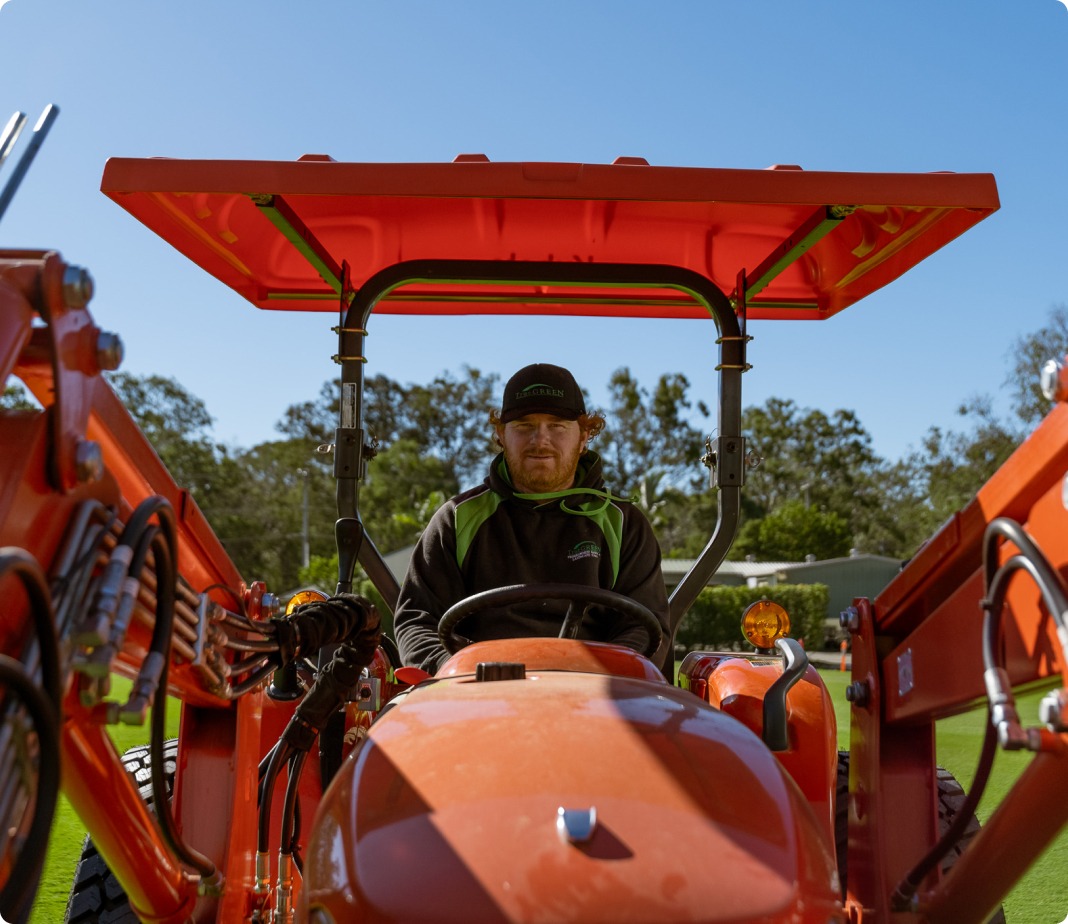The allure of a lush green lawn or a meticulously maintained sports ground goes beyond aesthetics; it embodies a sense of pride and commitment to excellence. Yet, achieving these verdant expanses requires more than regular maintenance. Core aeration and scarification, two pivotal processes, hold the key to unlocking the full potential of lawns and sports turf alike. In this blog, we explain what these techniques are, and how they collaboratively pave the way for vibrant green landscapes you’ll love.
Understanding Core Aeration: Let Your Lawn Breathe!
Picture this: poking tiny holes in your grass and soil. That’s core aeration in a nutshell. It’s like giving your lawn a breath of fresh air. The idea is to create space for air, water, and nutrients to flow freely, making sure everything your grass needs gets right down to the roots. The process is typically carried out using a lawn aerator, which extracts plugs of soil from the ground, creating channels for improved circulation. The resulting benefits of core aeration are manifold.
Core Aeration Benefits:
1. Enhanced Nutrient Absorption:
With improved access to air and water, the grassroots are better equipped to absorb essential nutrients from the soil. This increased nutrient uptake nourishes the plants, promoting healthy growth and vibrant green foliage.
2. Reduced Soil Compaction:
High foot traffic and heavy equipment can compact the soil, limiting the movement of water and nutrients. Core aeration alleviates compaction by creating space for roots to spread and for water to penetrate, preventing runoff and ensuring efficient irrigation.
3. Root Growth and Development:
The holes left by core aeration encourage root proliferation, enabling roots to grow deeper into the soil. This depth enhances stability, resilience, and overall plant health.
Understanding Scarification: Reviving Your Lawn’s Elegance
Scarification, also known as dethatching, is a process aimed at removing the layer of thatch – a dense accumulation of dead grass, moss, and debris – that can stifle your lawn’s vibrancy. The process involves using a specialised machine or rake to mechanically remove the thatch, allowing your grass to breathe freely once more.
Benefits of Scarification:
1. Improved Air and Moisture Circulation:
Thatch acts as a barrier, hindering the movement of air, water, and nutrients into the soil. Scarification eliminates this barrier, facilitating the essential exchange that fuels healthy growth.
2. Preventing Disease and Pest Infestation:
Thatch provides a hospitable environment for disease-causing organisms and pests. Removing it through scarification disrupts their habitat, reducing the risk of infestations and diseases.
3. Enhanced Seed Germination:
If you’re looking to overseed your lawn to fill in bare patches or introduce new grass varieties, scarification creates a receptive seedbed. Seeds can make direct contact with the soil, promoting successful germination.




 Export to PDF
Export to PDF


